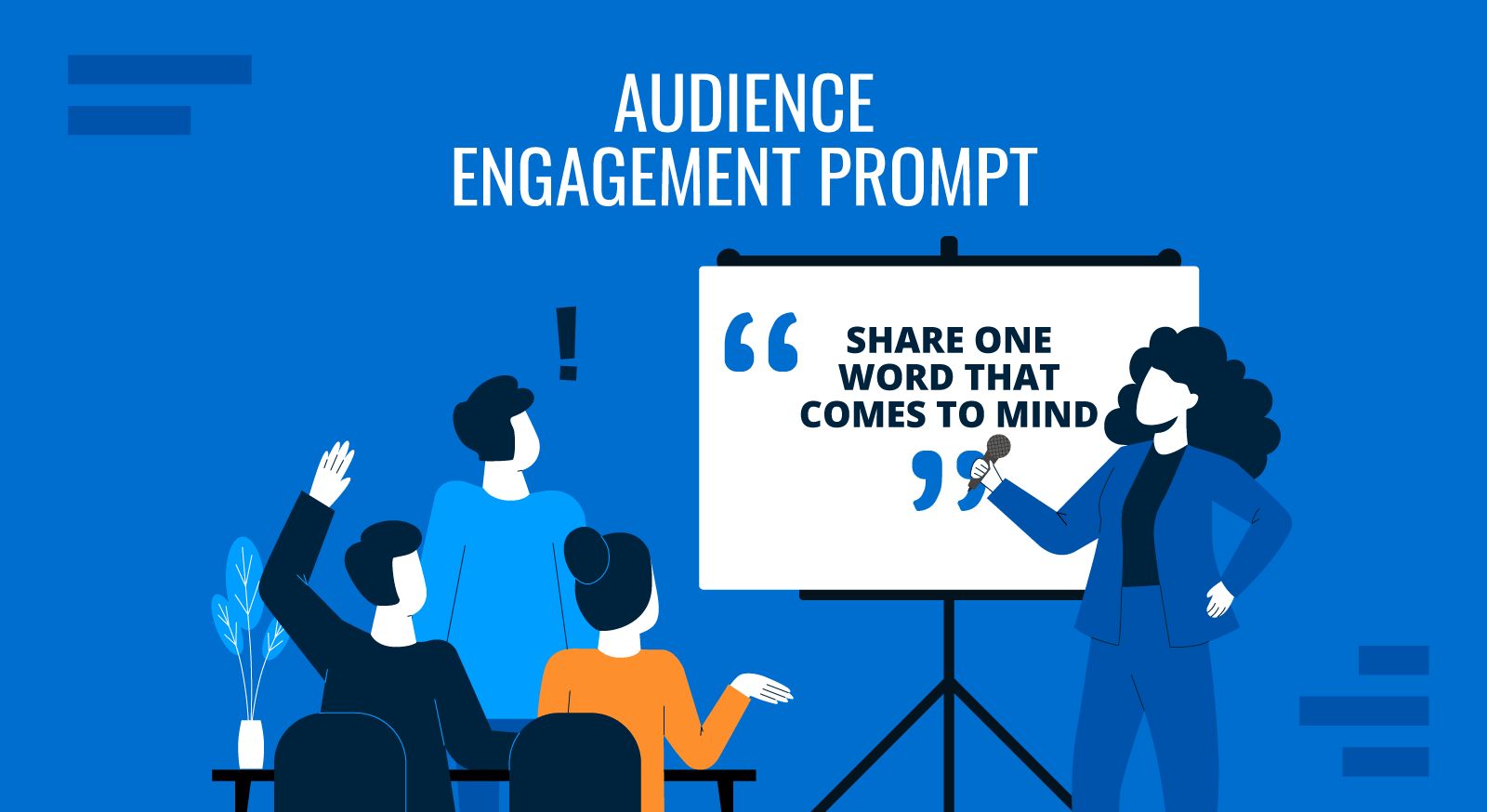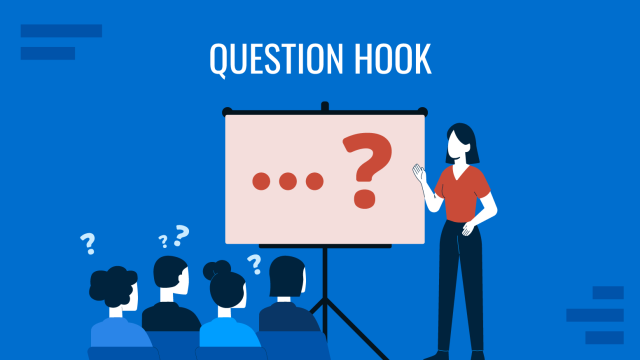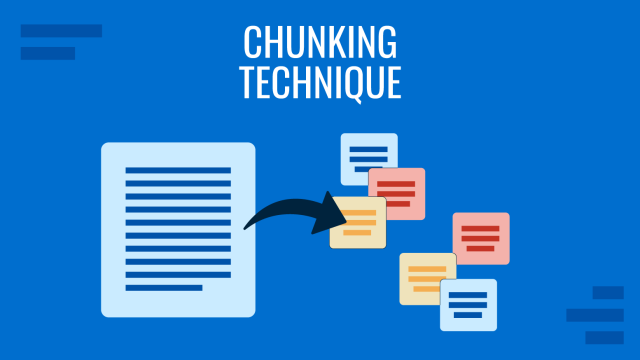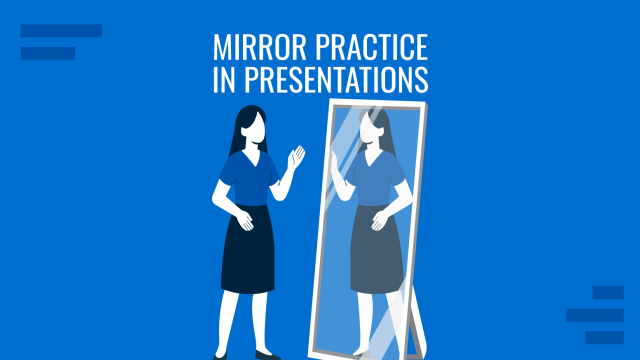
Presentations require one core element to secure success: sparking a connection with the audience. One of the simplest ways to do this is by prompting the audience to interact early on. An Audience Engagement Prompt is a direct invitation for participants to raise their hands, reflect on a question, or cast a quick vote. The purpose is straightforward: it turns listeners into participants from the very beginning. Rather than remaining passive, your audience feels included, invested, and energized.
Don’t consider the prompt as a gimmick or a filler; it’s a technique, deliberately curated, to break the ice and elevate the energy in the room. A speaker who can confidently pause and invite interaction demonstrates openness and control. Those few seconds of participation carry as much weight as your opening words.
Why Early Interaction Works
When people are asked to engage, their brains shift gears from passive listening to active processing. Research in education and facilitation shows that even small interactions, such as raising hands, signal involvement and enhance memory retention. The act of responding, whether mentally or physically, creates a sense of ownership over the experience.
For the presenter, the prompt works like a spark plug. Just as a strong opening grabs attention, an early engagement moment sets the rhythm for the rest of the session. Instead of a one-way lecture, you’ve created a dialogue. It turns audience members from simple spectators into contributors, a factor that resonates well if, say, the presentation (or sections of it) is streamed on social media.
Examples of Interactive Prompts
The most effective prompts are short, clear, and tailored to the topic. Some proven approaches include:
- Show of hands: “How many of you have had this challenge in the past month?”
- Silent reflection: “Take 10 seconds to think about a time this happened to you.”
- Quick vote: “If you had to choose one, would you go with Option A or Option B?”
Each of these methods works because it’s simple to follow. They also scale easily: whether you’re speaking to ten people in a training session or hundreds in a conference hall.
Training Techniques to Learn From
Educators and facilitators have long used prompts as tools to maintain engagement. Think-pair-share, polling, or reflection pauses are staples in classrooms and workshop presentations. These techniques translate seamlessly into business presentations. A prompt not only re-engages attention but also respects the diverse ways people learn. Some need to think, others prefer to act, and prompts make room for both.
Using Prompts in Different Presentation Settings
In-person, physical cues like hand-raising create visible energy in the room. Online, prompts can be adapted to polls, chat responses, or reaction emojis. The principle remains the same: don’t wait until halfway through your talk to involve the audience.
By prompting early, you create a culture of participation that lasts through the presentation.
Common Mistakes When Using Audience Engagement Prompts
Asking Without Waiting
One of the most frequent mistakes is asking a question and moving on before the audience has time to react. A good prompt needs a pause of five to ten seconds for people to process and decide how to respond. Without that silence, your prompt comes across as rhetorical rather than genuine.
Overusing Prompts
Some presenters turn every few minutes into a new activity, thinking more interaction equals more engagement. In reality, constant interruptions fatigue the audience and dilute the power of meaningful moments. A few well-placed prompts are far more effective than a barrage.
Starting Too Late
Waiting until the middle or end of a presentation to introduce your first prompt is a missed opportunity. Engagement peaks early when participants feel included from the start. If you delay interaction, your audience may already be in passive listening mode.
Giving Vague Instructions
Prompts fail when they’re unclear or open-ended without structure. Telling people to “share your thoughts” is too broad; instead, guide them with specifics: “turn to the person next to you and share one challenge you faced this week.” Clear direction increases comfort and participation.
Ignoring Responses
Asking for participation and then brushing past it breaks trust. If you invite the audience to engage, acknowledge their answers. A simple “That’s a great point” or brief comment validates their effort and reinforces that interaction is valued, not decorative.
Final Words
An Audience Engagement Prompt may seem like a small gesture, but its impact is significant. By inviting people to raise their hands, reflect, or vote, you transform passive listeners into active participants. The energy in the room lifts, attention sharpens, and the presentation becomes a shared experience.


